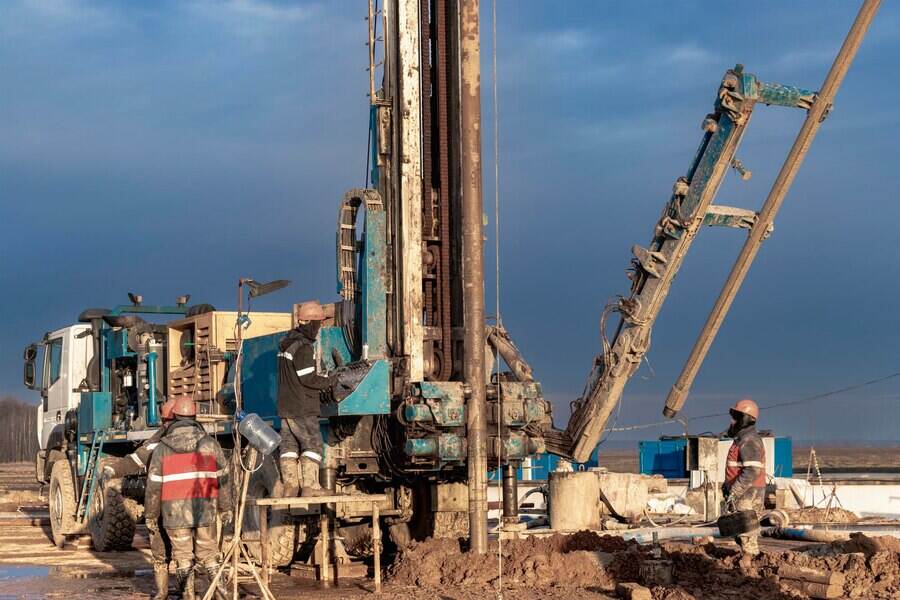dth hammer working principle
The DTH hammer working principle represents a revolutionary approach in drilling technology, operating through a sophisticated pneumatic system that delivers powerful percussive action directly to the drill bit. This system utilizes compressed air to drive a piston that repeatedly strikes the drill bit, creating a hammering effect that effectively breaks through hard rock formations. The compressed air serves dual purposes: powering the hammer mechanism and clearing debris from the borehole. The hammer consists of several key components including the back head, check valve, air distributor, piston, inner cylinder, bit retaining ring, and drill bit. As compressed air enters through the back head, it triggers the reciprocating motion of the piston, which delivers high-energy impacts to the drill bit. The frequency of these impacts typically ranges from 1500 to 2500 blows per minute, depending on the air pressure and hammer design. The rotation of the drill string ensures even distribution of impacts around the hole circumference, while the continuous flow of air efficiently removes cuttings and cools the drilling components. This principle has proven particularly effective in hard rock formations, deep well drilling, and various mining applications, offering superior penetration rates compared to conventional rotary drilling methods.

